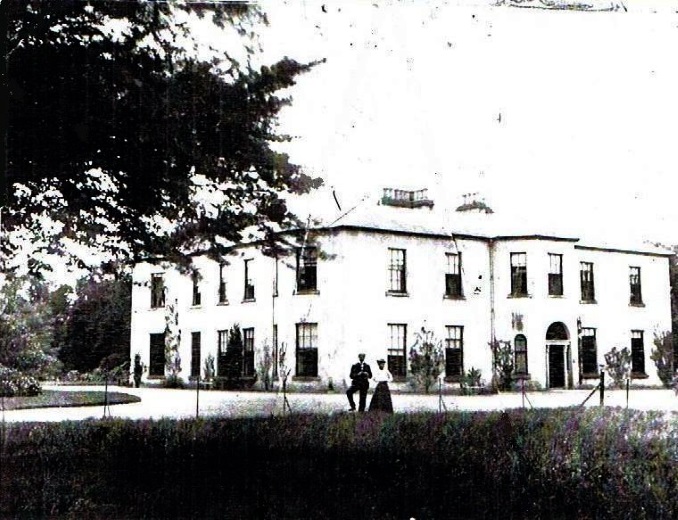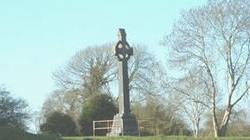Dark deeds and death at Carrowntryla House

Dunmore (Irish: Dún Mór) is a village in the north of County Galway (Contae na Gaillimhe). It is the place where I grew up, on a farm that is on land that was once part of the Carrowntryla estate. Carrowntryla House was one of the ‘Big Houses’ in the area. The house was originally owned by the Catholic Burke family, who supported King James II at Aughrim. The Battle of Aughrim (Irish: Cath Eachroma) was one of the last and bloodiest battles on Irish soil. The protagonists were the army of King James II and the army of King William III. The deposed Catholic King James II fled to France in 1688 but sought to regain the throne. In 1689 this War of the Two Kings, or Cogadh an Da Ri moved to Ireland when James landed in Kinsale, County Cork. Two years later, an estimated forty five thousand soldiers from eight European nations fought a battle at Aughrim, at the end of the day of 12 July 1691 nine thousand, predominantly Irish, soldiers were killed. James’s army had to retreat. The name of the battle is taken from the nearby village of Aughrim (Irish: Eachroim) in County Galway. These events ultimately led in 1753 to the Burke’s having to sell and the house passed into the possession of the Protestant Henry family. Their only daughter, Anne married William Handcock, son of Reverend Elias Handcock of Cavan in 1802.

Their son, William Henry Handcock, married Catherine Josephine Kelly in 1824. They had three daughters Josephine, Anne Mary and Honoria. William Handcock accused his wife of having an affair and they separated in 1841. In the same year she gave birth to a boy whom she called John Delacour and was passed from relative to relative, believing he was an orphan. Upon the death of William Handcock in 1843 Catherine became guardian of the three daughters who were to inherit Carrowntryla. Catherine was said to have neglected the girls to such an extent that they were left without proper food or clothing. This was in stark contrast her son John Delacour who was treated very well when he visited. It seems both she and her son despised the three girls. This is where events appear to have taken a very sinister turn. It led to stories of murder and intrigue that persist to this very day.
One daughter, Josephine died in 1849 and another, Anne Mary in 1851.The story spread that they were murdered when their mother laced the daughter’s dancing slippers with arsenic. Arsenic kills slowly and is hard to detect. In an 1855 article from The New York Times entitled ‘Another Romance in Irish High Life’ the mother, who died in 1853, was portrayed as cruel and had treated her daughters very badly stating that “greater cruelty was never exercised by a gaoler in the worst of times that this unnatural mother displayed towards her daughters”. The article went on to say that ‘the death of her children seemed to be the object of her life’. The third daughter, Honoria, died nine months later without leaving a will. The eleven year old John Delacour became beneficiary of the estate. Many believed that the deaths of her daughters was engineered by Catherine in order that her favoured son could inherit the property.
However William Handcock’s brother, John Stratford Handcock, challenged this on the basis that an illegitimate son had no inheritance rights. When the matter came to court it received international media attention. The case lasted two weeks before a compromise was reached, where Carrowntryla would stay in the hands of the Handcock family, but John Delacour would receive compensation of £20,000. In those days that was a significant amount of money and Handcock had to mortgage the estate to finance it. However, it was the fate of the three daughters that stuck in peoples minds. This was given further impetus by the Irish writer Hannah Lynch (1862-1904) whose novel "Through Troubled Waters" published in 1886, was a fictionalised account of the Handcock story of a woman who poisons her daughters to secure the inheritance for her son.
Carrowntryla House now no longer exists. However, there is a sad reminder of the cruel events that made it infamous in the later part of the nineteenth century. It is the closed family crypt where the daughters found their final resting place which was left intact while the rest of the house was demolished.
Source
Carrowntryla House by Rónán Gearóid Ó Domhnaill
- Irish
- English
- Log in to post comments





